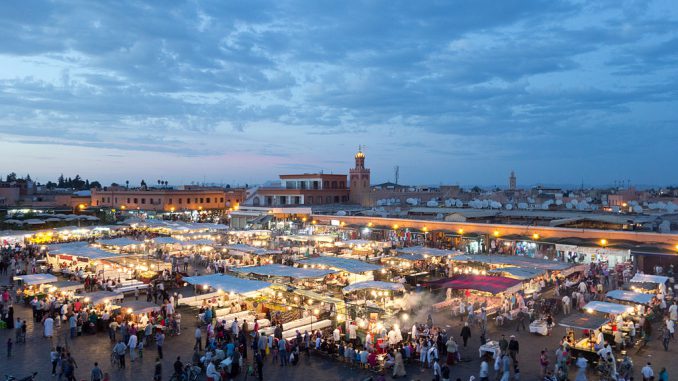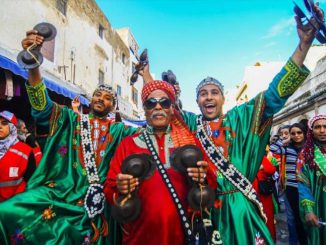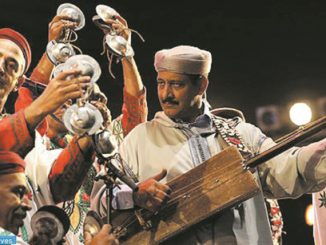
If Paris is famous for its Eiffel Tower, Marrakech has acquired its reputation thanks to its legendary Jamaa Lafna Square, which has made the capital of the Almoravids a captivating city.
The history of this square goes back several centuries. No one knows why it was given this name; historians’ accounts are inconsistent on this subject. Some say that the square takes its name from the courtyard (center of the house or center of the city), because it is the space in which visitors to the city gather, because of its strategic location. Others say that it is the place where the armies gathered under the Almoravid dynasty before they went to war. It is precisely from this place that the august Youssef Ben Tachfine left to lead the Zellaka battle during which he inflicted a heavy defeat on the Spanish armies. Still others claim that the Saadian Sultan Al Mansour Addahbi wanted to build a mosque on this square called “Jamaa Lahna” (mosque of tranquility). But an epidemic broke out, decimating the population, and the name of the square became “Jamaa Lafna” (mosque of devastation). But the most plausible meaning, which many researchers corroborate, is that this place was reserved for the beheading of dissidents, traitors and thugs.
Jamaa Lafna Square, a popular destination for tourists from all over the world, is a cultural, commercial, tourist and heritage space. It consists of a large gathering of various popular markets ranging from babouche sellers to sellers of various types of olives and mint, in addition to popular cafés and restaurants that start serving their customers at nightfall and stay open until late. It is also a space where all types of arts are practiced. From dance to the art of the “Halqa”, which has given rise to renowned storytellers, not to mention “witches”, snake charmers, etc.
The square attracts more than one million tourists each year and offers about 10,000 meals a day to visitors. This square was almost demolished after a group of investors tried to turn it into buildings. But the Spanish writer Juan Goetislo, who has been in love with the city for years, strongly opposed it. It is in particular thanks to him that Jamaa Lafna Square was registered as a UNESCO intangible heritage site.




Be the first to comment